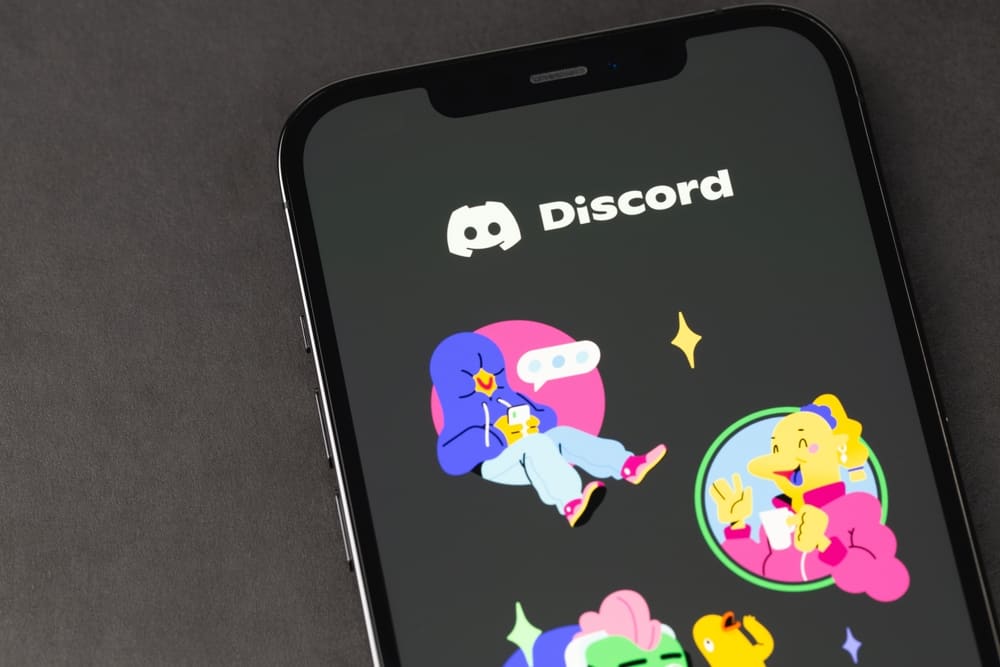
Body language gives significant cues in one-to-one interactions, as you can tell a lot about people and how they feel with their body language.
Words can lie, but your body language will reveal everything in your heart. Many career coaches and counselors stress a lot about acing your body language for effective communication.
Your facial expressions, posture, eye contact, voice tone, body movement, and hand gestures come under your non-verbal cues or body language.
It is easier to decipher non-verbal cues in one-to-one conversations, but reading them on virtual platforms can be challenging. Don’t worry; we can help you read body language over Zoom meetings.
Some of the things that you can read from the body language of people over Zoom are:
– A person leaning forward signals that they are attentively listening.
– Nodding and tilted head positions indicate someone is attentively listening to you. Head high up reflects confidence, while lower heads reflect lack thereof.
– Eye contact shows that the person is giving you their attention. Too much-blinking signal stress. Wandering eyes mean a person is processing information, while wide eyes show excitement or admiration.
– Unnecessary hand movements like playing with jewelry, rubbing fingers, or fidgeting could signal nervousness. Good hand movements can amplify your conversations.
– Tight or compressed lips signal anger, frustration, or restraining words.
– Talking fast, with an unclear voice and high pitch, all reflect a lack of confidence or nervousness.
Let us walk you through some non-verbal cues to read during Zoom calls to help you better understand your spectators or speakers. We have compiled these points from extensive research from various career and leadership coaches’ and counselors’ interviews, books, and blogs. So, keep reading to learn more!
Cue #1: Body Position
The engaged and interested person in your conversation would sit straight and look straight onto their screens for intense eye contact.
A person leaning forward towards their screens reflects their involvement and undivided attention to you.
The uninterested person will lean back. Similarly, a person with less confidence would sit with a hunch or rounded shoulders.
Cue #2: Head Movement
A person interested in your conversation would be nodding, though most students’ nods are phony. Quick nods indicate the person wants to speak and waiting for their turn.
Another head position is the tilted head position. If someone listens to you with their head tilted, they are attentively listening to you and involved in the conversation.
People with more confidence would have their heads up high, while those lacking it would lower their heads.
Cue #3: Eyes and Eye Contacts
Eye contact can tell much about people’s interests, confidence, and even comfort levels. Someone looking directly at the camera indicates that they are listening attentively.
Wide eyes are associated with finding something pleasant or desirable. Alternately, pupil contraction can imply anger or resistance.
Wandering eyes up and down can signal that the person is processing the information or does not understand what was said.
Too much eye blinking could mean someone is under a lot of stress. A calmer person would have less blinking than a person feeling anxious.
Make sure to place your camera at your eye level. Try to look into the camera and not on screen to maintain eye contact.
Cue #3: Hand Movements
Hand gestures can reveal what’s going on with the speaker. A person who is nervous or unconfident would have more unnecessary hand movements like playing with their jewelry, fidgeting, or rubbing hands together.
Alternatively, hand gestures can add more animation to your communication if you use them effectively. Correct hand gestures accentuate your conversations and add more nuances to your words.
Similarly, touching a beard or twirling hair (for women) could signal that the person is trying to calm down and seeking comfort—similarly, chin, face, nose, and forehead touching signal psychological calming.
Alternatively, if someone is touching their face while speaking, it could signal dishonesty.
Cue #4: Lips
Tight or compressed lips do not give a very positive signal. If any of your audience has tight or compressed lips, it can signal that they are angry, disagreeing, or frustrated.
Alternatively, if someone is trying to hold back information, they may tighten their lips.
On the other hand, smiling makes you stand out among the crowd unless the smile is fake, which is also easy to detect.
Cue #5: Voice Tone
Your voice is also a very prominent part of your non-verbal communication. If someone is speaking fast, it could signal nervousness. Similarly, changes in voice tones also reflect a lot about people’s moods.
Moreover, if someone says something positive with an aggressive tone, the message will have a negative perceived meaning as the tone is more significant than the spoken words.
So, anyone with more confidence would have a lower pitch and will speak more calmly while pronouncing words clearly, than the nervous person.
Work on your voice pitch, as it can keep your audience hooked. Keep changing your voice pitch to match your words to add more nuances.
Round Up
Non-verbal communication or body language can give many noticeable cues for people to apprehend the conversation. You can understand non-verbal cues even over Zoom if you read our article.
All from body and head positions, eye contact, hand movements, eye blinks, voice tone, and lips movement can be examined during the virtual meeting on Zoom to detect whether a person is feeling confident, impatient, frustrated, angry, nervous, or disengaged.
So, ensure you work on your body language to effectively communicate with your audience the next time you present at a business meeting or in your online class.
Also, set up your computers to give others a full view of your body language to exude confidence.
Make sure to read your audience’s body language to be able to align your communication to pique their interest and engagement.
You can give them guidelines to set up their computers in such a way that shows them more clearly to assess their non-verbal cues easily during communication.











